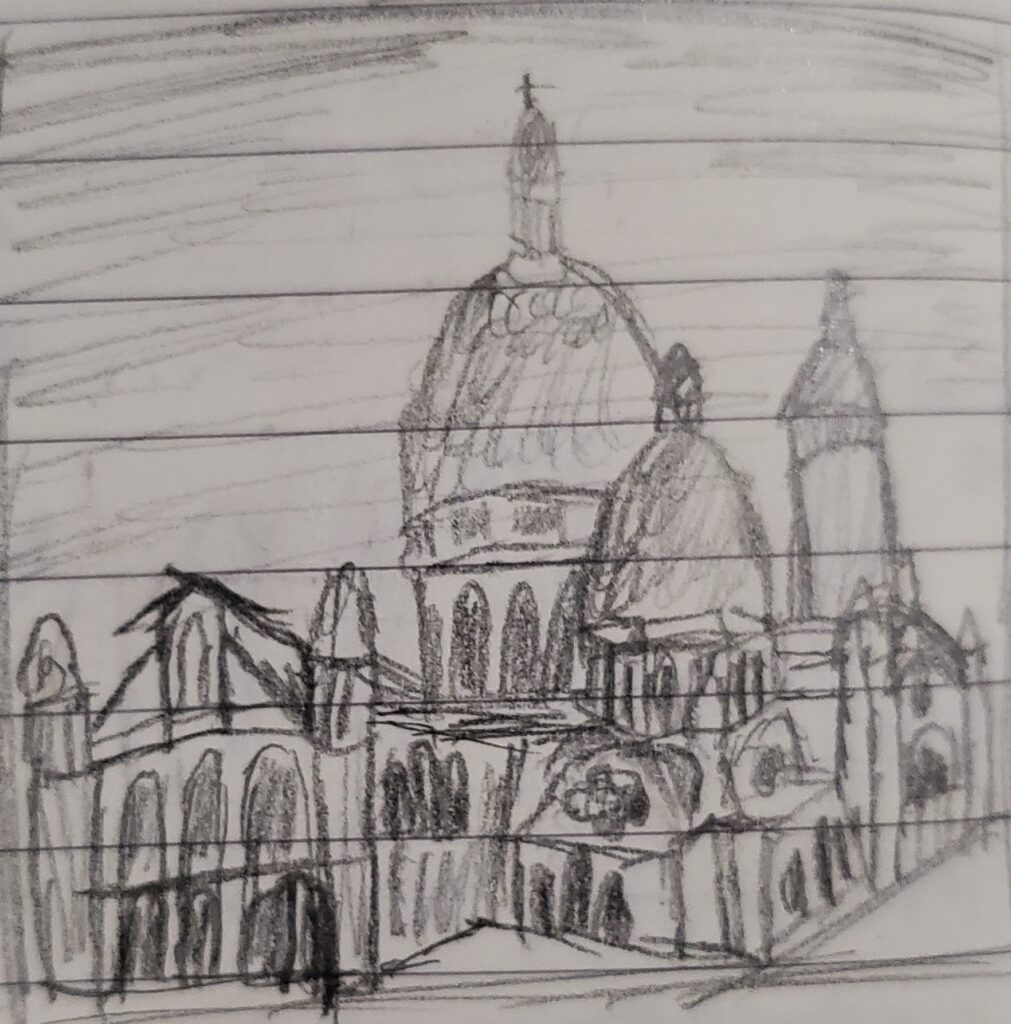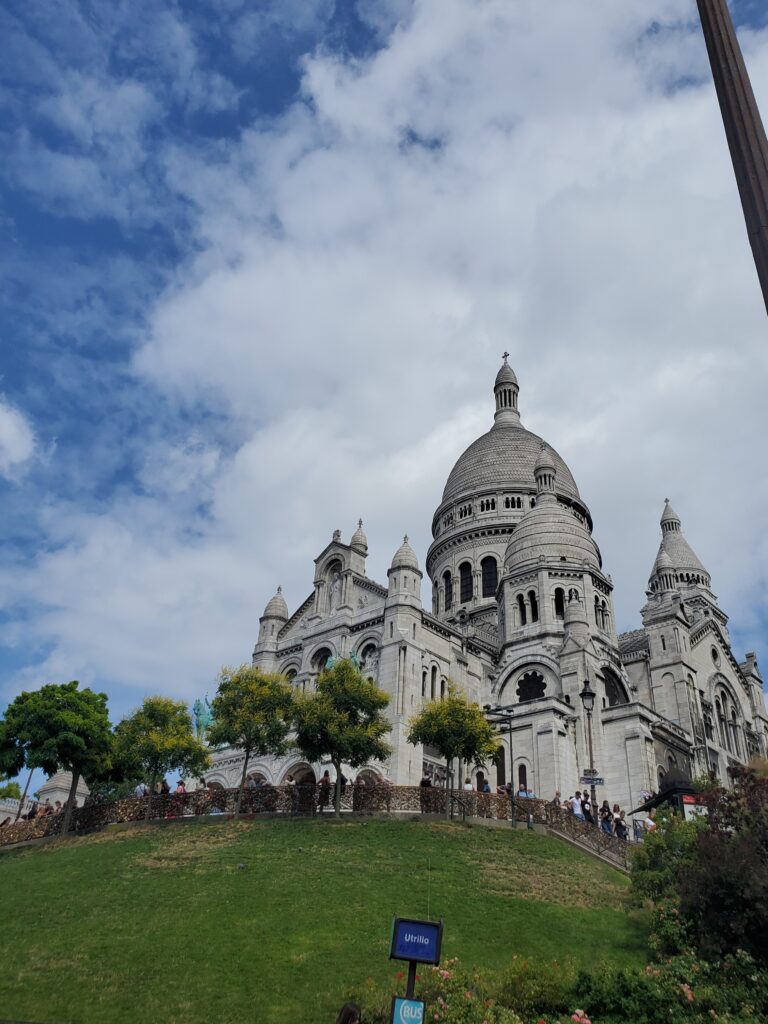Paris and art have a long history together, each building on the unique flavor of the other like wine and cheese. As is the case with most cities, the art scene of Paris isn’t concentrated in a consistent location; kind of. The region of Montmartre, located on a hill in the northern part of the Right Bank, has been a hotbed of artistic activity of all sorts for well over a century. The arts are still alive and well on this vibrant hill with many artists selling their services and products on the streets, especially in the Place du Tertre. There are also many restaurants and cafes in the area, along with its crowning Basilica Sacre-Cœur. Montmartre also has the Red-Light District which I find a bit amusing and mildly poetic considering the basilica watching over it at all times.
Montmartre, being the most prominent hill within Paris, was home to many groups of people over the centuries. When Rome was in possession of the region, they had built a community there that included a bath house. The Roman occupation of the area is what gives it its name having derived it from the name Mons Mars. After the execution of Saint-Denis, the area was renamed to Mont des Martyrs, and thus forming Montmartre. After the Romans, windmills and a monastery were built around the Saint-Pierre de Montmartre. The community atop Montmartre grew into a hillside hamlet with farms, orchards, and vineyards surrounding the ever growing monastery. Unfortunately, the monastery was demolished during the French Revolution in 1790 when it was converted into a gypsum mine. In the 19th century, Montmartre became the artist colony that it is known for today becoming the homes of studios for artists like Renoir, Monet, Mondrian, and van Gogh. Over time, the Red-Light District of Paris cropped up around the base of Montmartre including a burlesque theater harkening back to its past as a home to windmills (the red one with the musical named after it). Atop the hill was built the crowning jewel of Montmartre: the Sacre-Cœur Basilica (illustrated and pictured below). This massive structure serves as a beacon for the whole city of Paris as it is visible from much of the city; in turn, it has a famous panoramic view of the whole city from the top of its Campanelle and dome.
I drew the Sacre-Cœur Basilica. (I messed up the front quite a bit but what can you do.)


